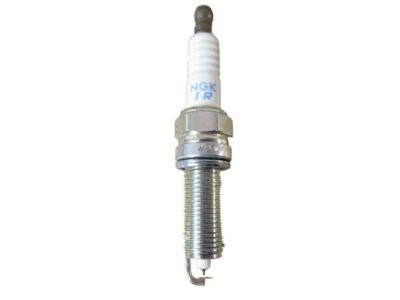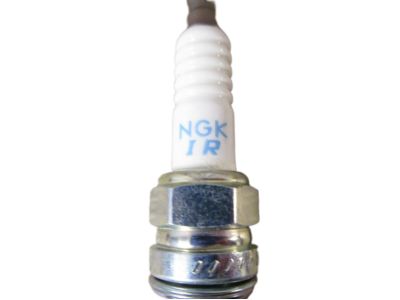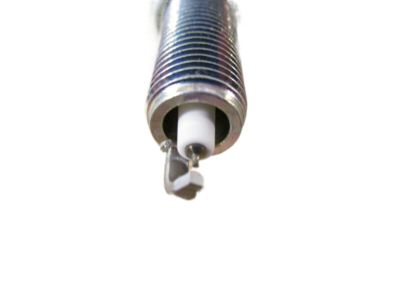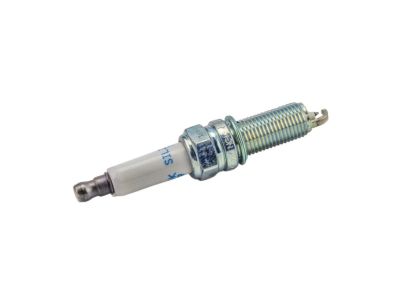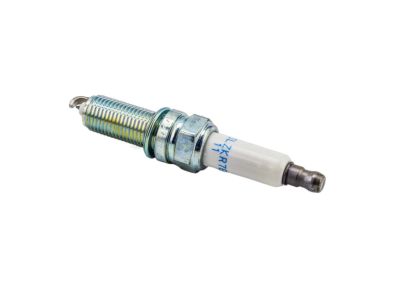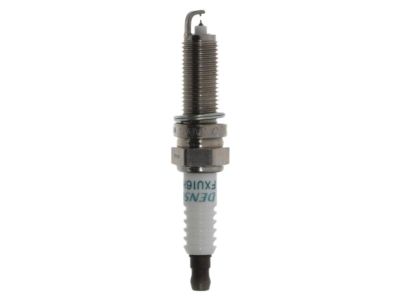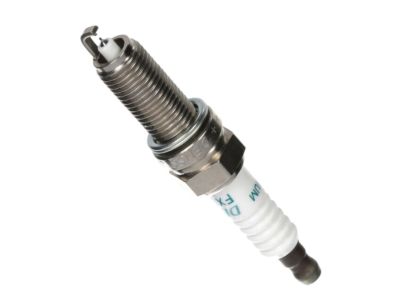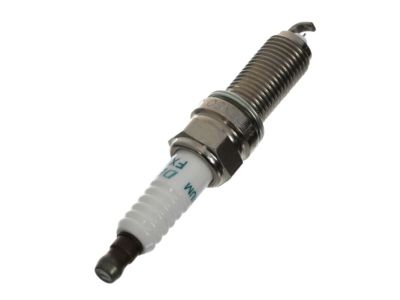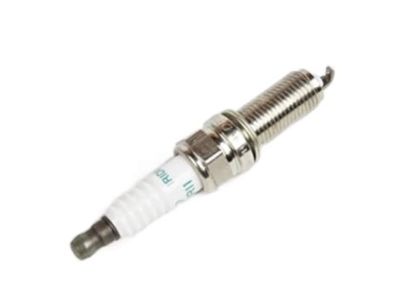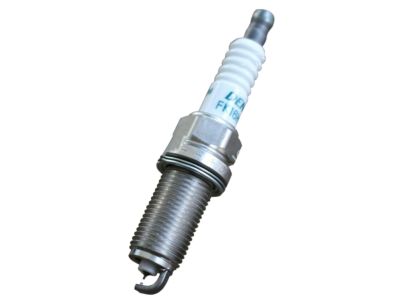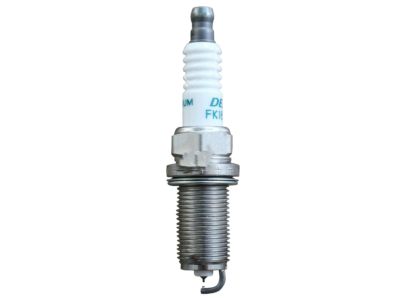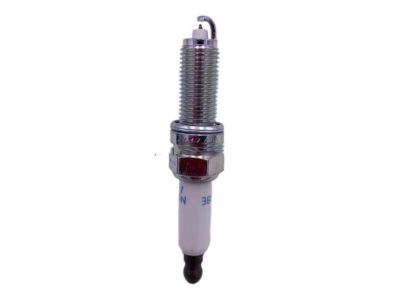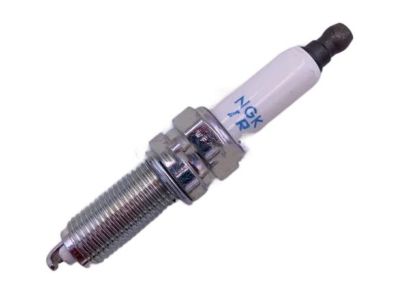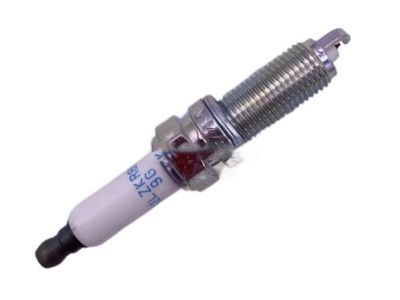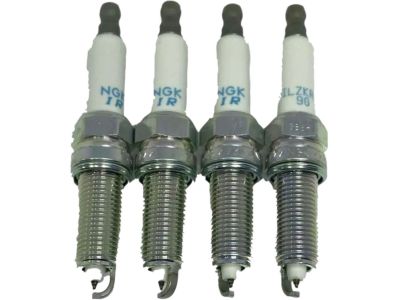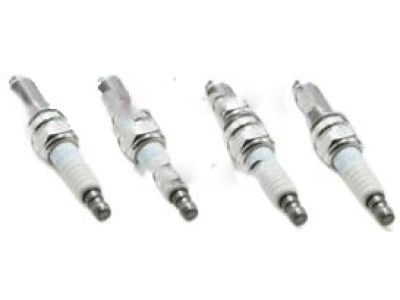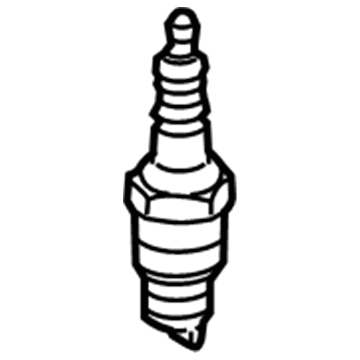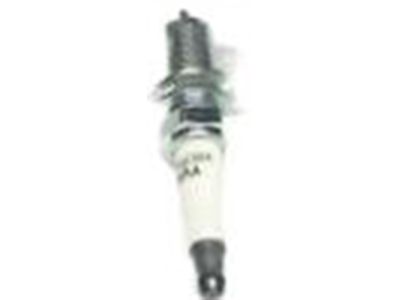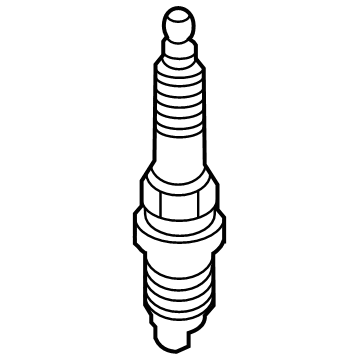×
- Hello
- Login or Register
- Quick Links
- Live Chat
- Track Order
- Parts Availability
- RMA
- Help Center
- Contact Us
- Shop for
- Kia Parts
- Kia Accessories

My Garage
My Account
Cart
Genuine Kia Sorento Spark Plug
Ignition Spark Plug- Select Vehicle by Model
- Select Vehicle by VIN
Select Vehicle by Model
orMake
Model
Year
Select Vehicle by VIN
For the most accurate results, select vehicle by your VIN (Vehicle Identification Number).
12 Spark Plugs found

Kia Sorento Spark Plug Assembly
Part Number: 1884611070$17.47 MSRP: $24.57You Save: $7.10 (29%)Ships in 1-2 Business Days
Kia Sorento Spark Plug Assembly
Part Number: 1884911070$17.57 MSRP: $24.72You Save: $7.15 (29%)Ships in 1-2 Business Days
Kia Sorento Spark Plug Assembly
Part Number: 1884711160$19.03 MSRP: $26.77You Save: $7.74 (29%)Ships in 1-2 Business Days
Kia Sorento Spark Plug Assembly
Part Number: 1884511160$18.23 MSRP: $25.64You Save: $7.41 (29%)Ships in 1-2 Business Days
Kia Sorento Spark Plug Assembly
Part Number: 1884909085$24.87 MSRP: $34.99You Save: $10.12 (29%)Ships in 1-2 Business Days
Kia Sorento Spark Plug Assembly
Part Number: 2741023700$18.23 MSRP: $25.64You Save: $7.41 (29%)Ships in 1-3 Business Days
Kia Sorento Spark Plug Assembly
Part Number: 2741037100$18.23 MSRP: $25.64You Save: $7.41 (29%)Ships in 1-2 Business Days
Kia Sorento Spark Plug Assembly
Part Number: 1881711051$18.92 MSRP: $25.64You Save: $6.72 (27%)Ships in 1-2 Business DaysKia Sorento Plug-Spark
Part Number: 1887111070$17.48 MSRP: $24.59You Save: $7.11 (29%)Ships in 1-3 Business DaysKia Sorento Spark Plug Assembly
Part Number: 1887509085$19.08 MSRP: $26.84You Save: $7.76 (29%)Ships in 1-3 Business DaysKia Sorento Spark Plug Assembly
Part Number: 1884909075$25.82 MSRP: $34.99You Save: $9.17 (27%)Ships in 1-3 Business Days
Kia Sorento Spark Plug
If you're in search of top-notch, reasonably priced OEM Kia Sorento Spark Plug, then you've found the perfect spot. Our website boasts an extensive inventory of Kia Sorento Spark Plug, all priced at the market's premier price. Rest assured, every genuine part we offer comes with a warranty straight from the manufacturer.
Kia Sorento Spark Plug Parts Questions & Experts Answers
- Q: How to spark plug replacement on Kia Sorento?A:Spark plug replacement requires a sparkplug socket that fits onto a ratchet, lined with a rubber grommet to protect the porcelain insulator of the spark plug and to hold the plug while you insert it into the spark plug hole. If you are replacing the plugs, purchase the new plugs and replace each plug one at a time. Inspect each of the new plugs for defects, and if there are any signs of cracks in the porcelain insulator of a plug, don't use it. Check the gaps of the new sparkplugs by inserting the proper thickness gauge between the electrodes at the tip of the plug. Remove the engine cover(s) and disconnect any hoses or components that would interfere with access and move the mount of the way. For 2006 and earlier 3.5L engine models, remove the intake manifold support bracket fasteners and brackets, if equipped. Remove the ignition coil/spark plug wire cover fasteners and cover from the valve covers. To access the spark plugs on the passenger's side, remove the throttle body, then pull the spark plug wires from the spark plugs, grasping the wires by the boots, not the wire itself. On models with a coil directly over the spark plugs, disconnect the coil wiring, then unbolt and remove each coil. If compressed air is available, blow any dirt or foreign material away from the spark plug area before proceeding. Remove the spark plug. Apply a small amount of anti-seize compound to the spark plug threads. It's often difficult to insert spark plugs into their holes without cross-threading them. To avoid this possibility, fit a short piece of rubber hose over the end of the spark plug. The flexible hose acts as a universal joint to help align the plug with the spark plug hole. Should the plug begin to cross-thread, the hose will slip on the spark plug, preventing thread damage. Tighten the plug to the torque. Attach the plug wires to the spark plugs, making sure that they're securely snapped in place. Reinstall the removed interfering components.
Related Kia Sorento Parts
Browse by Year
2023 Spark Plug 2022 Spark Plug 2021 Spark Plug 2020 Spark Plug 2019 Spark Plug 2018 Spark Plug 2017 Spark Plug 2016 Spark Plug 2015 Spark Plug 2014 Spark Plug 2013 Spark Plug 2012 Spark Plug 2011 Spark Plug 2010 Spark Plug 2009 Spark Plug 2008 Spark Plug 2007 Spark Plug 2006 Spark Plug 2005 Spark Plug 2004 Spark Plug 2003 Spark Plug
